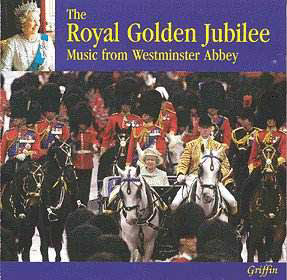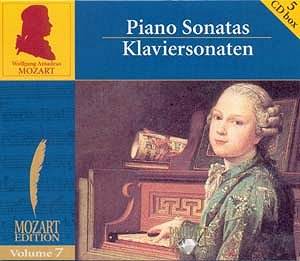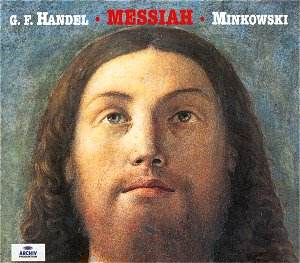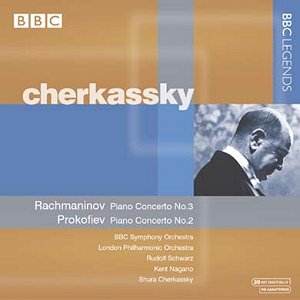 Composer: Royal
Composer: Royal
Works: Golden Jubilee
Performers: Westminster Abbey Choir, Llandaff Cathedral Choir, Welsh National Opera Brass Ensemble; Director: Martin Neary; Organ: Martin Baker, Iain Simrock
Recording: GRIFFIN GCCD4034
Label: Griffin
The album “Golden Jubilee” endeavors to celebrate the regal musical legacy accompanying significant British royal events during the reign of Queen Elizabeth II. This compilation aims to evoke the pomp and pageantry associated with royal ceremonies, drawing from a repertoire that includes revered works such as Mendelssohn’s “Wedding March,” Parry’s “I Was Glad,” and Walton’s “Crown Imperial.” However, while the intention behind this release is commendable, the execution falls short of expectations, revealing a disconnection between the grandeur of the music and the overall performance quality.
The interpretation choices made in this recording reveal a certain reluctance to embrace the full orchestral color that many of these pieces demand. For instance, Purcell’s “Trumpet Tune,” while iconic in its fanfare quality, lacks the necessary vibrancy in this arrangement for organ and brass, resulting in a performance that feels muted rather than triumphant. The Westminster Abbey Choir and the Llandaff Cathedral Choir, although competent, deliver performances that often seem under-rehearsed, particularly in the polyphonic textures of Vaughan Williams’s “Old 100th.” The choral entries can feel disjointed, lacking the cohesive blend that characterizes the best choral performances, thus diminishing the emotional impact of these revered hymns.
One cannot overlook the recording’s technical aspects, which significantly detract from the listening experience. The organ, a celebrated instrument in its own right, is positioned too distantly in the mix, rendering it almost inaudible during crucial moments that could otherwise elevate the music’s grandeur. This engineering choice strips the recordings of their intended majesty, leading to a sound that feels flat and uninspired. The arrangements themselves, particularly those for pieces like “Crown Imperial,” seem overly simplistic compared to the orchestral versions, lacking the dynamic interplay between brass and strings that provides such works with their celebratory character.
While “I Was Glad” emerges as a standout track, showcasing Parry’s rich harmonic language and emotional depth, other selections fail to achieve similar heights. The Welsh National Anthem, “Hen Wlad Fy Nhadau,” while performed with sincerity, lacks the fervor found in more spirited renditions. The engineering choices further undermine even the most promising performances, leaving listeners yearning for the energetic vibrancy present in other notable recordings of these works, such as the celebrated versions by the London Symphony Orchestra or the BBC Singers.
This compilation may resonate with those who cherish memories of royal events and seek a nostalgic connection through music. However, for the discerning listener, the shortcomings in performance quality, interpretation, and sound engineering leave much to be desired. The album ultimately serves as a reminder that the legacy of British royal music deserves a more respectful and polished approach than what is presented here. A thorough listen might warrant interest, but it does not invite repeated engagement.



